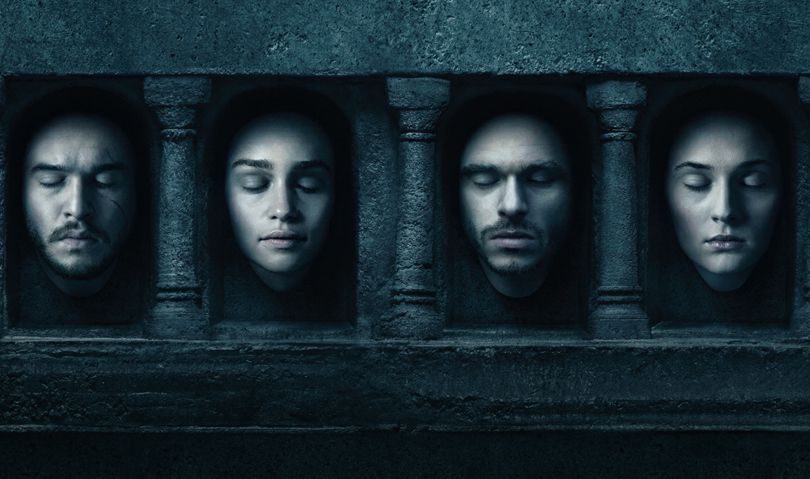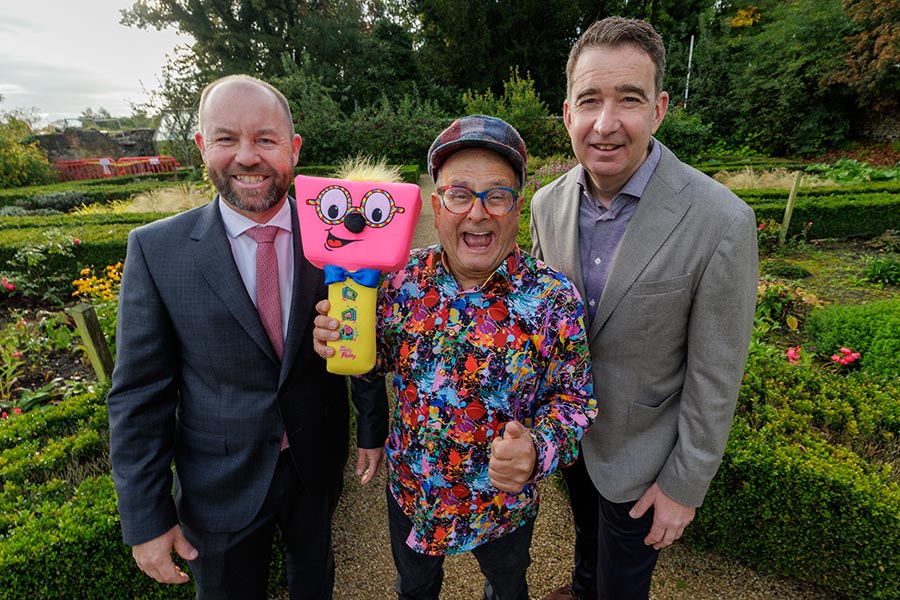Who remembers floppy discs? Who remembers backing up data to magnetic tape? Or, even earlier, punch cards? Data storage has come a long way, to hard discs, flash drives, and now ‘the cloud’, but what is less noted is the continually falling cost of storage, which is now almost zero to all intents and purposes.
UK company Nimbus Hosting has put together a very nifty graphic reaching all the way back to magnetic tape, and which sets out the cost per gigabyte of storage and how it has declined since the early 1960s. The results of their study are pretty stunning.
Data storage needs have changed and technology has evolved to match them. Not only are we storing colossal amounts of data, thousands or even millions of times more than ten or 20 years ago, but the cost of storing it has dropped enormously. Take just two examples, one episode of 'Game of Thrones', and one average length song, the 'Lemonade Song' by Beyoncé.
To store one episode of Game of Thrones, you would need:
- 6,666,667 punch cards
- 348 magnetic tapes
- 7273 8" floppy disks
- 556 3.5" floppy disks
- 0.4 of a DDS-1 Tape
- 5.71 mini discs
To store Beyoncé’s Lemonade Song, you would need:
- 29,167 punch cards
- 1.5 magnetic tapes
- 32 8" floppy disks
- 2.5 3.5" floppy disks
- 0.4 of a mini disc
A HD movie would have required 107 mini discs or nearly 2,000 small floppies. Staying with 'Game of Thrones', the 556 small floppies needed to store it would have cost just shy of stg£2,000 — and to watch one whole series would have needed a mortgage, not to mention the headache of loading thousands of floppies into your computer.
Per gigabyte, that would have come in at stg£2,381, while the cost now of a gigabyte in the cloud is about one British penny — stg£0.01. A USB flash drive costs about 50 pence per Gb, and DVD storage about £2.10 per Gb, or less than one-hundreth the cost of all those floppy discs.
Nimbus Hosting specialises in quality cloud servers for businesses of all sizes. To find out more about the evolution of data storage, check out their fascinating infographic.











